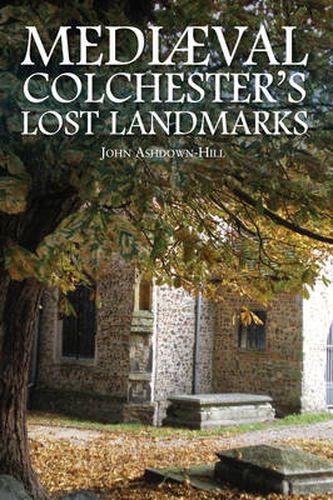Readings Newsletter
Become a Readings Member to make your shopping experience even easier.
Sign in or sign up for free!
You’re not far away from qualifying for FREE standard shipping within Australia
You’ve qualified for FREE standard shipping within Australia
The cart is loading…






However, until now medieval Colchester had been sadly neglected - until now. Using a mixture of medieval documentary evidence, archaeological evidence, and clues from surviving buildings, Medieval Colchester’s Lost Landmarks sets out to recapture the feel and appearance of the town towards the end of the Middle Ages. This book includes detailed descriptions of the great lost religious landmarks of medieval Colchester, including St John’s abbey, the Greyfriars, and St Botolph’s priory. But a medieval town was not made up only of churches and abbeys. Colchester’s mills and market, its port and its inns, its private houses and its sanitation are also explored. The book also sets medieval Colchester in the wider context of its surrounding landscape. What emerges is a detailed picture which will enable the reader to make an imaginary visit to Colchester in the fifteenth century.
$9.00 standard shipping within Australia
FREE standard shipping within Australia for orders over $100.00
Express & International shipping calculated at checkout
However, until now medieval Colchester had been sadly neglected - until now. Using a mixture of medieval documentary evidence, archaeological evidence, and clues from surviving buildings, Medieval Colchester’s Lost Landmarks sets out to recapture the feel and appearance of the town towards the end of the Middle Ages. This book includes detailed descriptions of the great lost religious landmarks of medieval Colchester, including St John’s abbey, the Greyfriars, and St Botolph’s priory. But a medieval town was not made up only of churches and abbeys. Colchester’s mills and market, its port and its inns, its private houses and its sanitation are also explored. The book also sets medieval Colchester in the wider context of its surrounding landscape. What emerges is a detailed picture which will enable the reader to make an imaginary visit to Colchester in the fifteenth century.